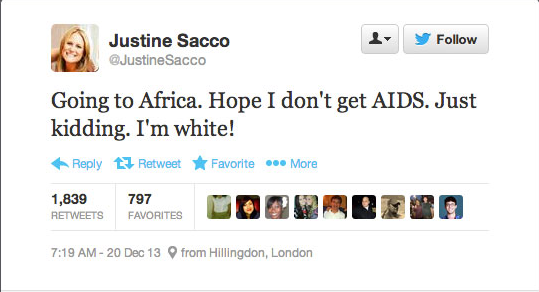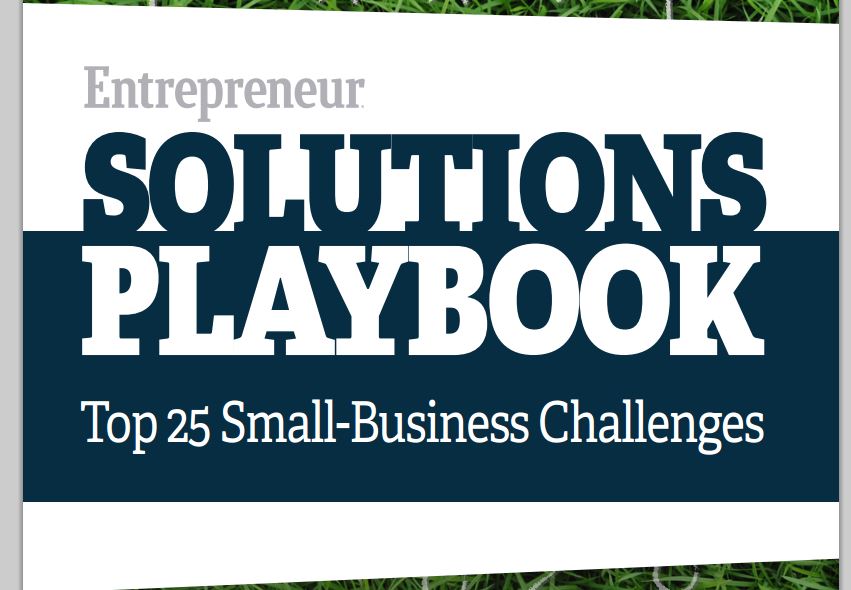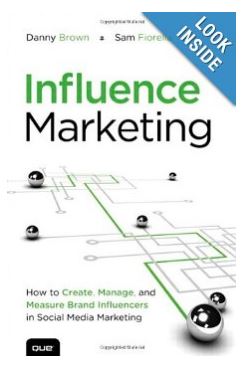3 Critical Communication Tips Utilities Need During Storms
Blizzards, hurricanes, tornados, flooding — you name it and these weather events can wreak complete havoc on our electrical grid, leaving thousands and sometimes tens of thousands of customers without power.
Most utilities, but not all, do a great job of getting the preparedness message out to customers in advance of the storm, and really strategic utilities have made the move to using social media to not only communicate information, but also to listen and engage with customers during and after the storm. There are some great learnings from these utilities that we can all apply to our social media and customer service strategies.
From personal experience I can attest to the fact that leading up to a storm, good communications and PR practitioners go into a full-scale information-sharing mode participating in hundreds of media interviews while also sharing information via social media.
The real challenge and opportunity however, arises when the storm is nearing an end or actually finished and thousands of customers remain in the dark for hours, days and maybe longer. So what do strategic and prepared utilities do? They do these three things:
1. BE PREPARED
Strategic utilities have fantastic plans in place for their customer interaction centres to take inbound calls, but they don’t stop there! They also staff for listening, engaging and responding through social media channels, while still engaging with the media and doing interviews.
The conversations that can most impact your brand will occur in these channels. Frustrated customers will share their stories and photos with people who they can commiserate with. Not being present will further frustrate your customers.
Take full advantage of visuals. Post your photos and videos – both your own and those submitted by customers – that show the damage to poles, lines, service loops and more. They say a picture is worth a thousand words and how true that is. In the utility world we know that most damage takes place in hard-to-reach and isolated areas. Why not show what you are facing behind the scenes, the special equipment needed to reach transmission towers or broken poles?
2. BE AVAILABLE
Have multiple resources trained and ready to use social media tools. Most importantly, engage with your customers outside your normal working hours. Being available will go a long way to ensuring your customers that you are there for them. Utilities need to be proactive and communicate according to best practices for each social channel that their customers are using. Utilities that fail, don’t engage with the customers in the customers’ preferred channels.
From personal experience, reaching out to the customer immediately has lead to private conversations that then resulted in the customer publicly praising the utility for its attention and prompt response.
3. LISTEN
Be sure to be listening in the space where your customers communicate. Conversations occur in multiple channels and missing a key conversation can do significant damage to your reputation and your relationship with your customers. Utilizing a monitoring platform not only ensures that you hear these conversations, but saves you valuable time that can be directed to engaging with your customers.
Now that we are in full storm season, what are your tips for utilities? What would you like them to do?










